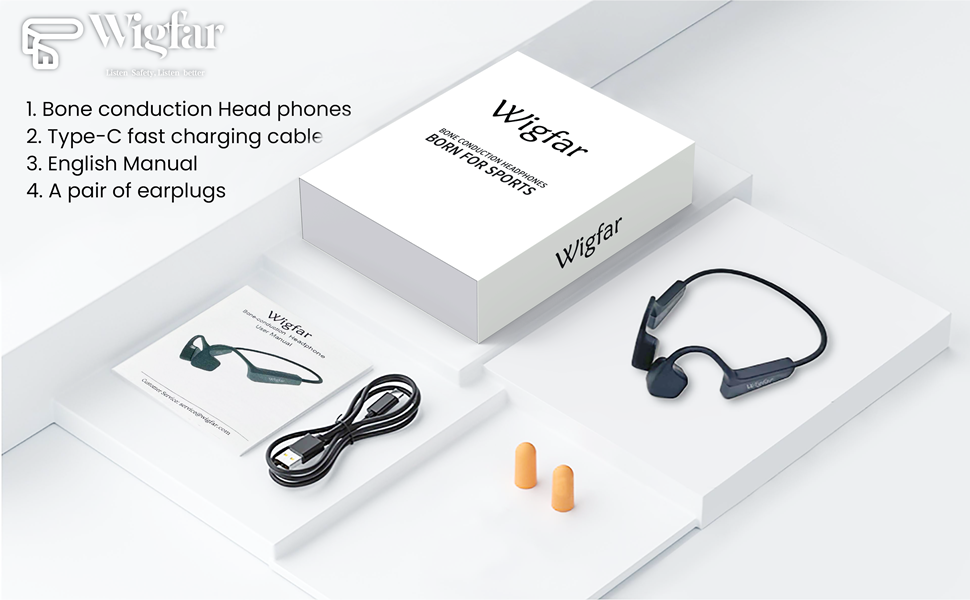When evaluating a home gym, our attention is naturally drawn to its features: the number of exercises, the weight stack limit, the style of the attachments. But beneath this functional surface lies a silent, more fundamental story of quality, told in the language of materials science and engineering. This story determines not just how the machine performs on day one, but whether it will stand as a reliable training partner on day one thousand. Using the specifications of a typical unit like the SincMill SCM-1148L as our guide, we will dissect the anatomy of a home gym, translating vague marketing terms into tangible metrics of durability, safety, and long-term value.

The Skeleton: Why Steel Thickness is Non-Negotiable
The foundation of any strength machine is its frame. The SCM-1148L description specifies an “Alloy Steel” frame with a thickness of “1.5mm.” Let’s break this down. “Alloy Steel” is a broad term, but in this context, it refers to carbon steel with other elements added to improve properties like hardness and fatigue resistance. The truly critical number here is 1.5 millimeters (approximately 16-gauge steel).
Why does this matter? The thickness of the steel tubing is directly proportional to the frame’s rigidity and fatigue life.
* Rigidity is the resistance to bending or flexing under load. A thicker-walled tube will feel more solid and stable during a heavy leg press, with less wobble or distortion. This not only improves the user’s confidence but also ensures that the geometry of the exercise remains consistent. While a square tube of the same thickness is inherently more rigid than a round one against forces from certain directions, thickness remains the dominant factor in most consumer-grade equipment.
* Fatigue Life is the number of load cycles a material can endure before failing. Every repetition you perform is one cycle. A thicker, more robust frame can withstand hundreds of thousands of these cycles over many years without developing microscopic cracks at weld points or stress risers.
While heavy-duty commercial equipment often uses 11-gauge (around 3mm) steel, a 1.5mm to 2mm thickness is a respectable standard for home-use equipment intended for moderate loads, aligning with general safety recommendations for this product category. Anything less than this (e.g., 1mm or 20-gauge steel) risks compromising long-term structural integrity.
The Armor: The Science Behind a Powder Coated Finish
The SCM-1148L description highlights its “powder coating process,” claiming superiority over painting. This isn’t just marketing jargon; it’s a fundamentally different and more durable method of applying a protective finish.
Traditional liquid paint is a solvent-based liquid applied to the surface, which then air-dries. Powder coating, however, involves electrostatically charging fine polymer powder particles and spraying them onto the grounded steel frame. The electrostatic charge makes the powder cling to the metal. The entire frame is then cured in an oven, melting the powder into a smooth, continuous, and highly durable shell that is chemically bonded to the steel. The result is a finish that is significantly more resistant to chipping, scratching, and corrosion from sweat and humidity.
Actionable Asset: Build Quality Comparison Chart
| Feature | Standard Liquid Paint | Powder Coating (Epoxy/Polyester) | Why It Matters for a Home Gym |
|---|---|---|---|
| Durability | Lower resistance to chips, scratches, and impacts. | High resistance. The cured layer is thicker and harder. | Your gym will inevitably be bumped by weights or attachments. A durable finish prevents rust and maintains appearance. |
| Corrosion Resistance | Moderate. A single scratch can expose the steel to moisture. | Excellent. Creates a seamless, non-porous barrier against sweat and humidity. | Sweat is highly corrosive. Superior resistance is key for longevity, especially in a garage or basement. |
| Environmental Impact | Releases volatile organic compounds (VOCs) during drying. | Contains little to no VOCs, making it a more environmentally friendly process. | A consideration for air quality in your home workout space. |
| Cost | Lower initial manufacturing cost. | Higher initial manufacturing cost. | Often a sign that the manufacturer has invested in long-term quality rather than cutting corners. |
The Lifelines: A Deep Dive into Cables and Pulleys
The system that transmits force from the weight stack to you is the cable and pulley assembly. Its quality dictates the smoothness of the motion and is critical for safety.
* Cables: The standard for quality gym equipment is aircraft-grade steel cable with a nylon coating. You may see a specification like “7×19,” which refers to the cable’s construction: it’s made of 7 strands, with each strand composed of 19 smaller wires. This structure provides an exceptional combination of strength and flexibility, allowing the cable to bend repeatedly around pulleys without fraying. The nylon coating is crucial; it protects the steel wires from the elements and reduces friction as it glides through the pulley channels. Regular inspection of this coating for cracks or wear is a primary maintenance task.
* Pulleys: Pulleys on modern home gyms are typically made from high-impact nylon or polymer, often with embedded ball bearings. The quality of these bearings is what separates a smooth, silent machine from a noisy, jerky one. Low-friction bearings ensure that the resistance you feel is consistent throughout the entire range of motion and that minimal energy is lost to fighting the machine itself.

Conclusion: Reading the Blueprint of Durability
A home gym is a long-term investment in your health. While the array of possible exercises is what sells the machine, it is the anatomy of its construction—the gauge of its steel, the chemistry of its coating, and the engineering of its cables—that determines if that investment will pay dividends for years or become a source of frustration. By learning to read the blueprint of durability hidden in the spec sheet, you move beyond the role of a mere consumer. you become an informed owner, capable of recognizing quality, anticipating maintenance needs, and choosing a machine whose physical substance is as strong as your commitment to using it.




